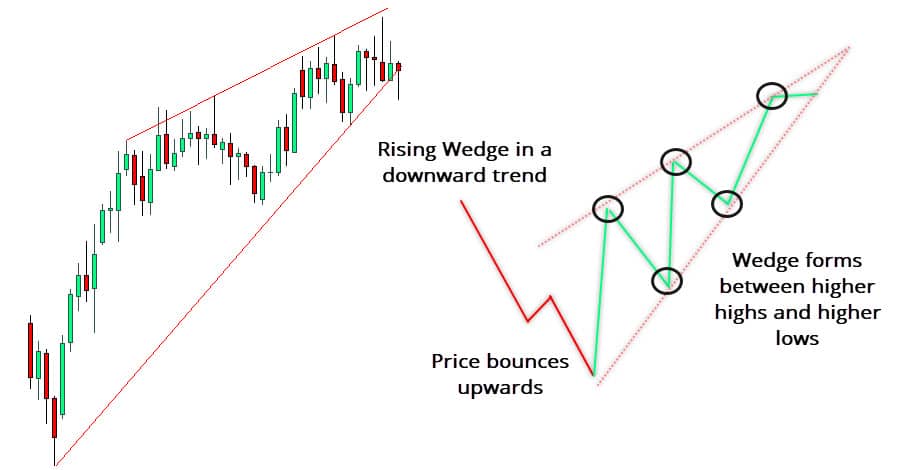


Here it can be relatively easy to get kicked out of the trade for minimum loss, but if the stock moves to the trader’s benefit, it can result in an excellent return. This means that the distance between where a trader would enter the trade and the price where they would open a stop loss order is relatively tight. The falling wedge pattern, as well as rising wedge patterns, converge to the smaller price channel. What all these things come together, you have a falling wedge pattern, and a breakout to the upside should be anticipated. Finally, it’ll be preceded by a breakout through the upper trendline. Next, a pattern has declining volume as the trendline progress. It holds three common characteristics that traders should look for: First, it has converging trendlines. The falling wedge signals a bullish reversal pattern in price. Once the trend lines converge, this is where the price breaks through the trendline and spikes to the upside. As the price continues to slide and lose momentum, buyers begin to step in and slow the rate of decline. Investors are able to look to the beginning of the descending wedge pattern and measure the peak to trough distance between support and resistance to spot the pattern. When a stock or index price move has fallen over time, it can create a wedge pattern as the chart begins to converge on the way down. The falling wedge is not an easy pattern to trade because recognizing it is difficult. If there is no expansion in volume, then the breakout will not be convincing. In some cases, traders should wait for a break above the previous high.Īnother critical factor in pattern confirmation is volume. The pattern is confirmed when the resistance is broken convincingly. The change in lows indicates a fall in selling pressure, and it creates a support line with a smaller slope than the resistance line. Similarly, there should be at least two lows, with each low lower than the previous one.Īs the pattern continues to develop, the resistance and support should appear to converge.

The upper trend line should have a minimum of two high points with the second point lower than the previous and so on. The wedge pattern itself usually takes a quarter to half a year to form. This downward trend should prevail for a minimum of 3 months. In an ideal scenario, an extended downward trend with a definitive bottom should precede the wedge.


 0 kommentar(er)
0 kommentar(er)
